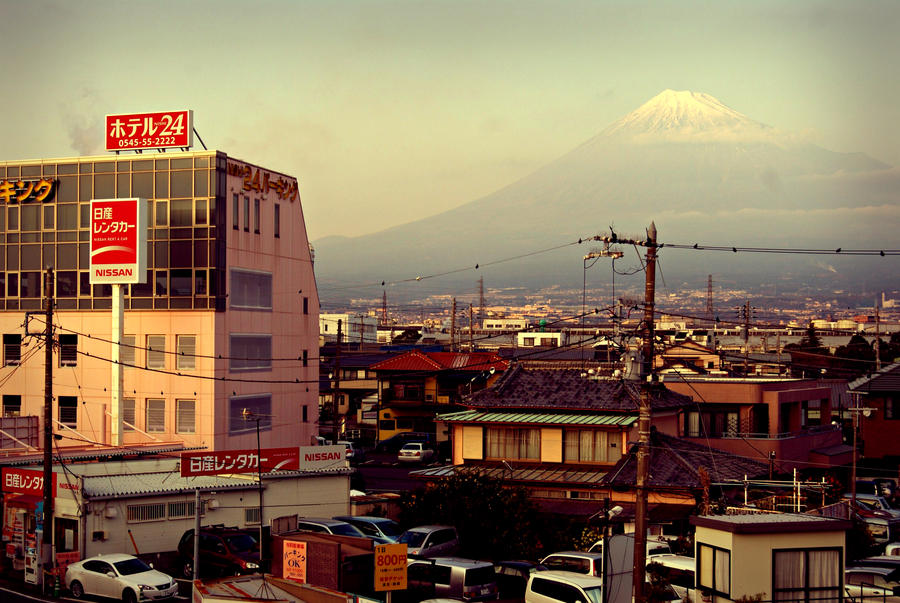We all know –
and, judging from the numbers of ones seen on the street, somewhat appreciate –
Japanese cars. They are thought of as reliable and quite good, not necessarily
one’s to scream about, like the supercars in Top Gear, but for the average Joe
Japanese cars seem to be just right. When not considering subjective opinions
or personal tastes, that is.
However, I think
that not many people realise that Japanese cars in Europe are usually
different to those on the streets of Japan itself. I’m not going to go into
technical details, I simply don’t know them and they’re not what one sees first.
What
one sees first is, well, how they look.
Allow me to use a dog metaphor here. If we assume that, let’s say, Honda Accord is a
labrador retriever – long body, long snout, gentle curve at the back – then an
average Japanese car, such as Honda Life, is a pug: it looks as if someone
squeezed it from both ends so that it takes up less space.
I rode in cars
like that a few times (my host family two years ago had a similar one), so I
can assure you that they are like the TARDIS: bigger on the inside. One is sat
quite high, but there’s plenty of leg room, though it may be uncomfortable for tall people.
What’s more,
this trend doesn’t stop at your everyday Joe’s cars – among others, I’ve seen
pick-up trucks looking like this.
At first these
cars cause some mixed feelings, partly surprise, partly amusement (mainly
because of the striking likeness to a pug). But when you think about it, they’re
not that surprising after all, though, of course, they can still be funny,
nobody is going to forbid anyone to giggle or smile at the sight of such a car.
In Japan there aren’t that many places that wouldn’t be built on already and
finding a parking space in the cities is a problem (naturally, the bigger the city, the
bigger the problem). Often, when we manage to get somewhere high up and get a night-time
view of Japan from above, we’ll notice that that the only places that are not
lit up are mountains too high to build on and in some places – the sea. I’m
sure this changes a little bit in the countryside, but even this isn’t that “empty”
either. And when there’s little space, a compact-size car like these is making
perfect sense because it’s not wasting said space: it parks as close to the
wall/barrier/whatever as possible, leaving enough room for others.
Of course, let’s
not demonise nor get too far with the generalisations: “normal looking” cars
exist in Japan as well and are nothing unusual. I can’t tell what type of
people are more likely to buy which one, but now that I think really hard of
it, I seem to remember that in the Osaka-Kobe region, where I lived two years
ago, I’ve seen far less of the “normal looking” cars than in Kanazawa – and if
that’s true, it’s likely to confirm my theory of saving/making good use of free space, which there is more of in Kanazawa and around than in Osaka-Kobe
and around (third and fifth biggest cities in Japan in terms of the population;
to compare: Kanazawa is thirty fourth).
 |
| How many pugmobiles can we find on this university parking? |

























